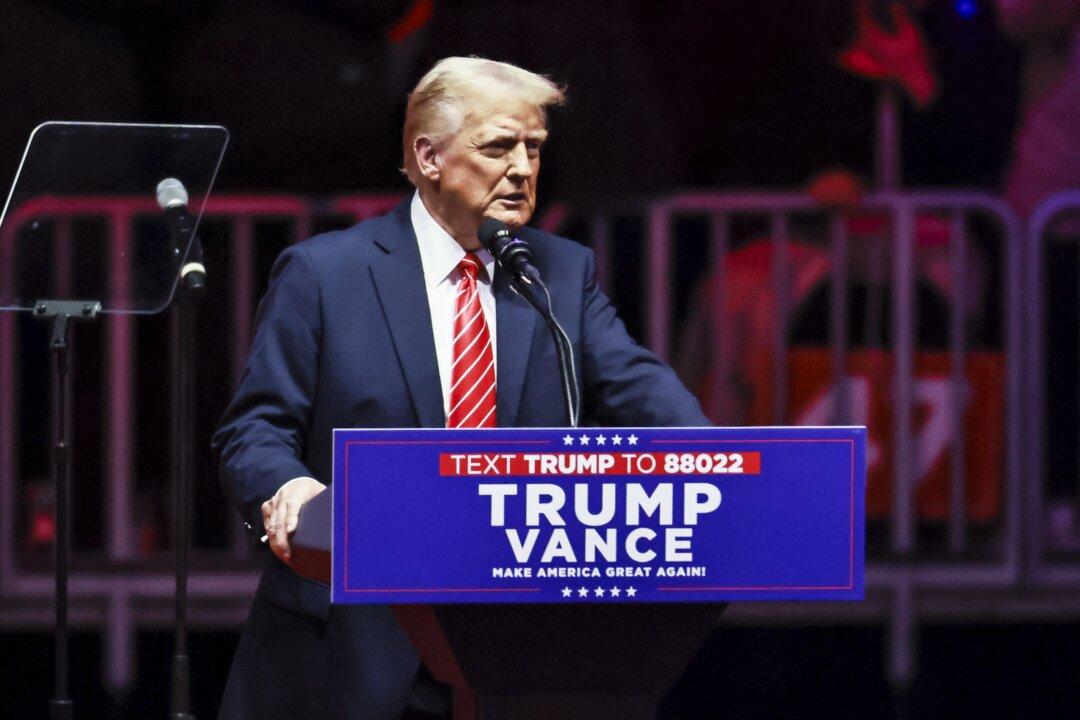The United States has expanded travel restrictions on Iran to bar entry to foreign nationals who have recently visited the Middle Eastern nation, Vice President Mike Pence announced on Feb. 29.
President Donald Trump also authorized the State Department to raise the advisory levels for certain areas in South Korea and Italy to Level 4, the highest level of travel risk assessment. The advisory calls on Americans to not travel to the two nations. Trump also said he’s considering closing the U.S. border with Mexico to guard against the spread of the virus.
Trump and Pence spoke at the White House on Feb. 29 shortly after news of the first coronavirus death in the United States was confirmed by officials in Washington state. The patient was a man in his 50s at high medical risk.
Pence, who Trump assigned to lead the nation’s response to the virus, met with officials at the White House on Feb. 29 for more than two hours. Pence said officials presented Trump with a range of options.
The vice president said the risk to Americans from coronavirus “remains low,” in part because the Trump administration took “unprecedented action” at the early stages of the outbreak, including imposing travel restrictions on China.
“We want to lower the amount of travel to and from the most impacted areas,“ said Alex Azar, the secretary of the Department of Health and Human Services. ”This is a basic containment strategy.”
Trump cautioned the media and politicians to not incite a panic due to the outbreak.
The outbreak of the new virus in Iran has been dramatic—the head of Iran’s task force to stop the illness, known as COVID-19, was seen coughing, sweating, and wheezing during televised interviews before acknowledging he was infected. Then, days later, a visibly pale official sat only feet away from President Hassan Rouhani and other top leaders before she too reportedly came down with the virus.
On Feb. 28, Health Ministry spokesman Kianoush Jahanpour again reported a spike in cases, saying there were now 388 confirmed coronavirus cases in Iran and 34 deaths. In brief remarks from Tehran, he cautioned the number of cases would likely jump again as Iran now has 15 laboratories testing samples.
South Korea, the second hardest-hit country after China, reported 813 new cases Feb. 29—the highest daily jump since confirming its first patient in late January and raising its total to 3,150.
The United States has stockpiled 43 million medical masks, Pence said.
Trump said he will meet March 2 with representatives of pharmaceutical companies to discuss the development of a vaccine. At least two companies are already working on a vaccine.





